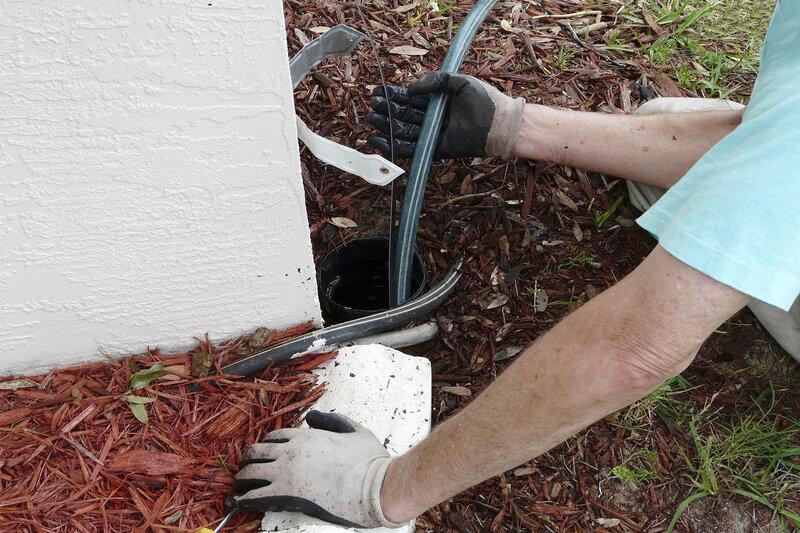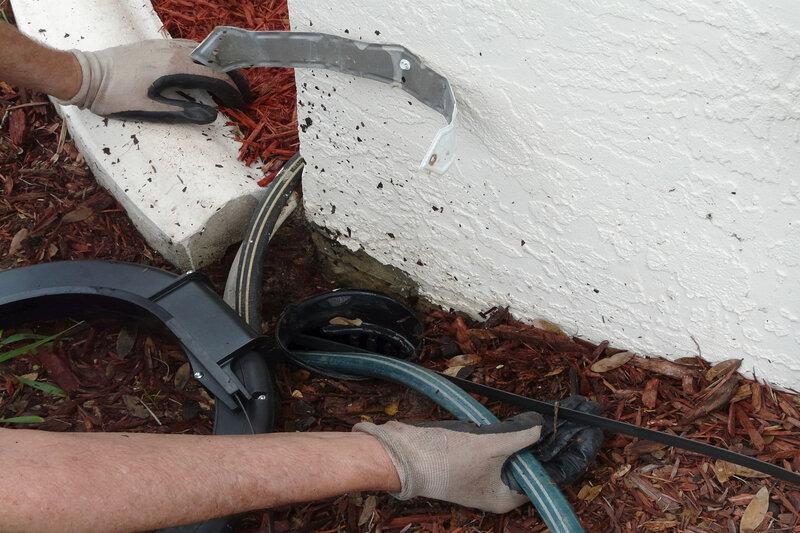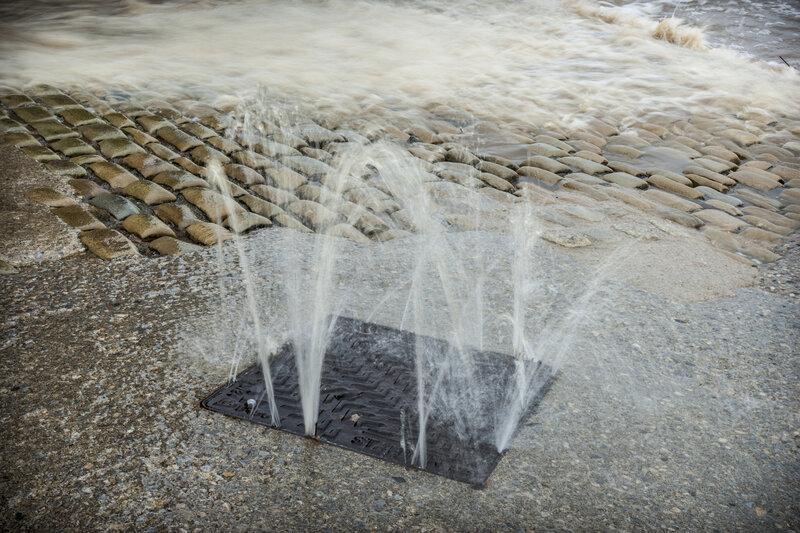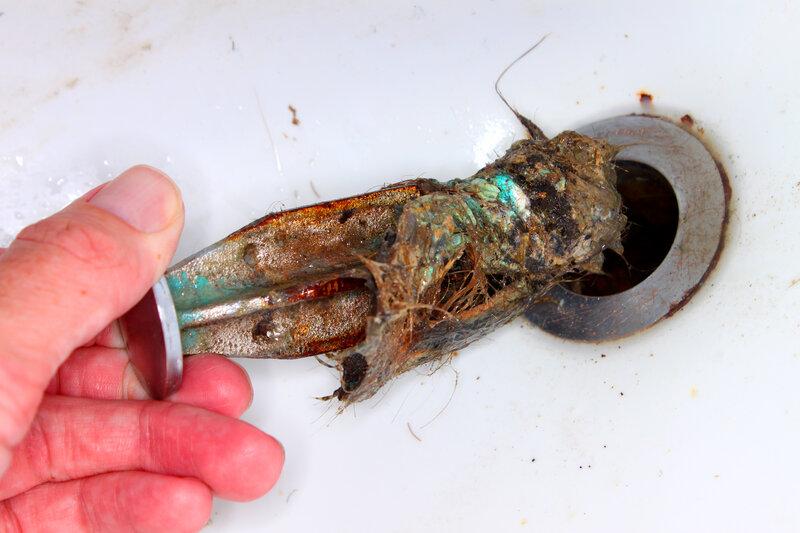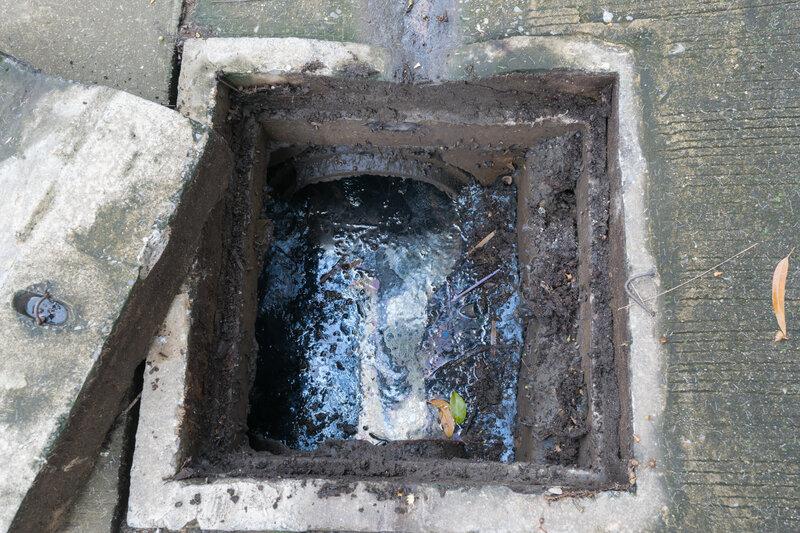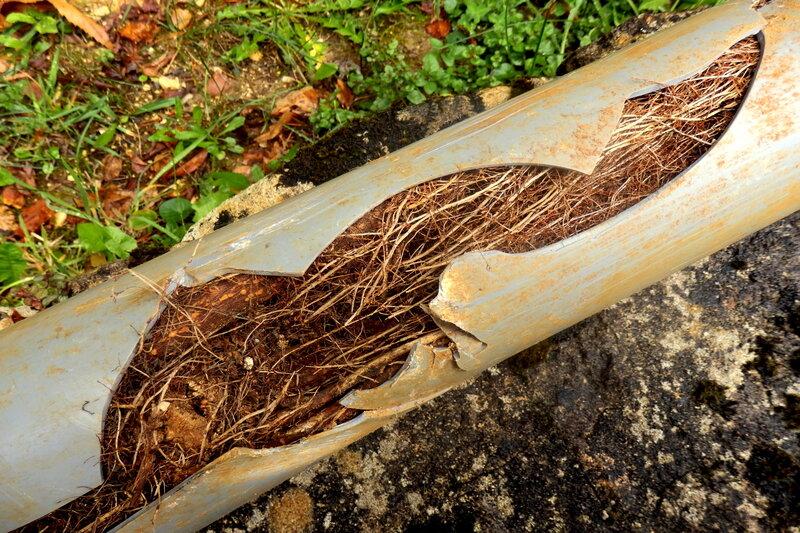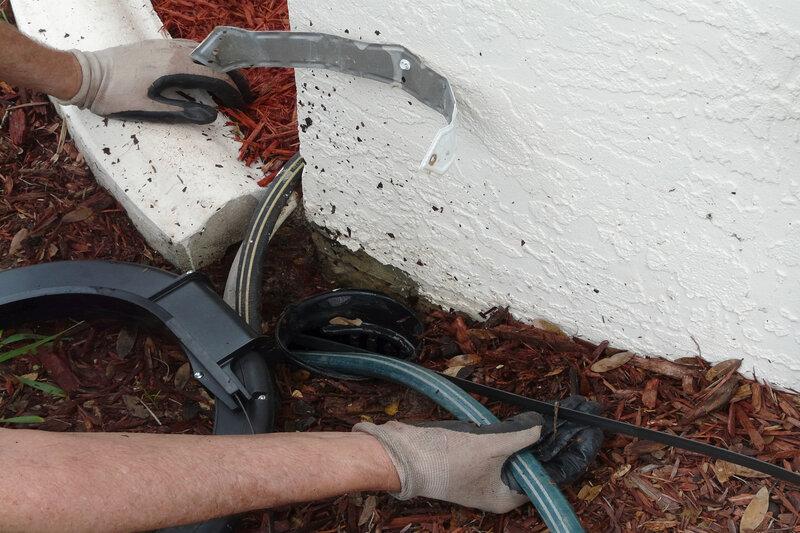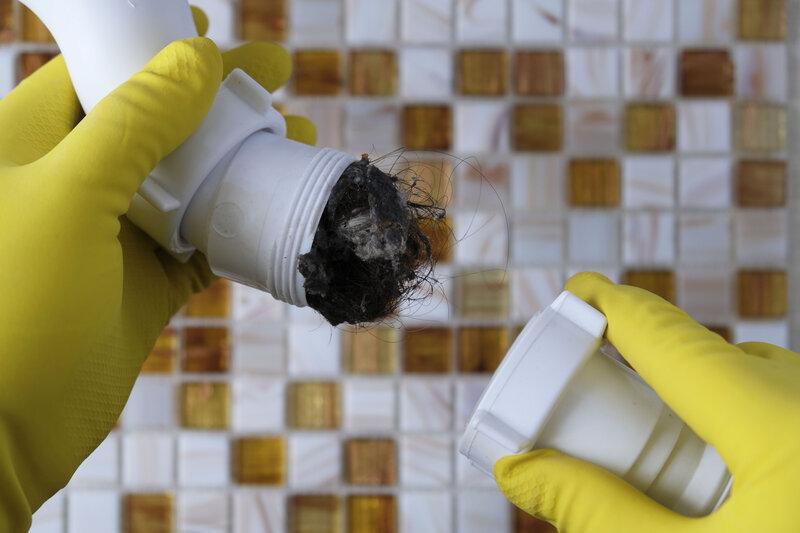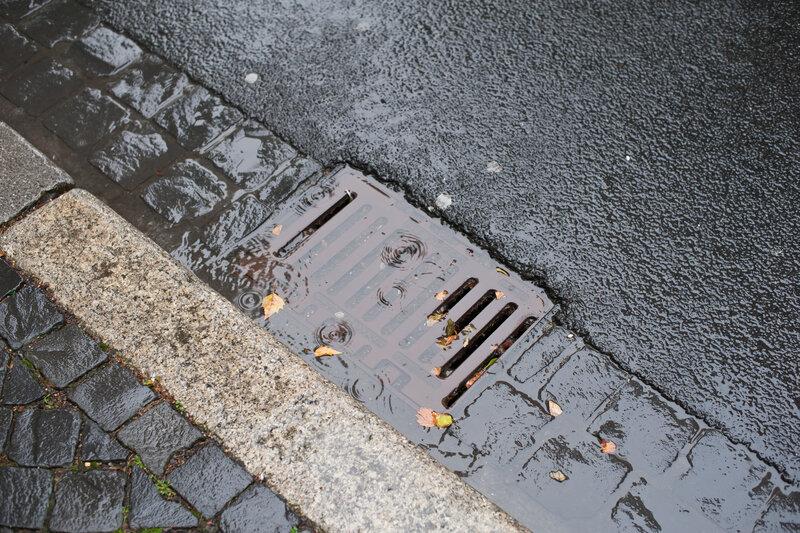-
020 3633 7517
Get in touch with us
Clearing Blocked Drains Uk Anytime for Your Top Quality, Great Value Blocked Drain Clearance on 020 3633 7517
Give your home a new look that is attractive and appealing.
Blocked Drains Services From Clearing Blocked Drains Uk
URGENTLY REQUIRE DRAINAGE SERVICES?? CALL US NOW ON 020 3633 7517
Who Are Clearing Blocked Drains Rush Green
Blocked Drains Company In Rush Green
Rush Green is a town located in the Greater London area of England. It has a population of around 19,000 people and covers an area of just over 2 square miles (5 km2). The town was originally founded as a small hamlet in the late 12th century by Anglo-Norman settlers who were looking for new land to farm. Rush Green quickly grew into one of the most important towns in Middlesex due to its strategic location near two major rivers –the River Lea and the River Thames. Today, Rush Green remains an important commercial center thanks to its strong economy and high level of education attainment. Despite being such a well-established community, there are still some issues that need addressing within Rush Green. One issue that residents have been struggling with for years is drainage problems caused by human activities like building construction and road maintenance work. These types of activities can cause large amounts water runoff which then blocks local drains leading to flooding or sewage backups in homes or businesses premises . In recent years, many residents have turned to , based out of Rush Green, for help resolving these drainage challenges . Despite having faced numerous obstacles throughout history due not only restricted access but also outdated infrastructure; today's inhabitants continue striving towards betterment through innovation while maintaining traditional values like hard work ethic & resilience against adversities
There are many different reasons why drains might become blocked including tree roots growing through pipes underground, debris build up over time causing obstructions or even animals getting trapped down drains.
If you notice any signs that your drainage system may be struggling then don't hesitate to call one of our experienced team members who will be able to unblock your drains quickly using specialist equipment.Blocked Drains InrushGreen.
Contact Our Local Branch in London
Contact Us Now at 020 3633 7517
Blocked Drains Unblocking Service In Rush Green Greater London
Rush Green is a small town located in the Greater London area. The population of Rush Green was just over 2,000 people as of 2016. The economy of Rush Green is based largely on home and business ownership. There are also a number of businesses that provide services to the residents of Rush Green, such as plumbing companies, drain cleaning companies, and closed-circuit television (CCTV) monitoring firms. Many residents commute to work in nearby cities or townships but there are also a few who stay in RushGreen for their entire lives. One issue that has been affecting the citizens of Rush green for many years is blocked drains . Blocked drains can cause major problems with water flow and drainage throughout an area which can lead to flooding , damage to property , and even health risks if not addressed quickly enough . If you have experienced issues with your drains becoming blocked then it may be worth considering calling one of our expert Clearing Blocked Drains Rush Greens In rush green UK specialists – we will get ridof all blockages within minutes!
Hire Blocked Drains Rush Green Greater London
Rush Green is a town located in the London Borough of Bromley, England. The population as at the 2011 census was 17,924. Rush Green has undergone significant development since it first became an inhabited settlement in medieval times and today retains much of its historic character with many Georgian buildings remaining. The name “Rush” may derive from Old English rys meaning a clearing or meadow and holt meaning wood or enclosure; thus Rushing would mean a clearing by the woods (or perhaps near some springs). Alternatively, it could be derived from Rusheshawe which means marshy land adjacent to rushes (a type of grass). There are several other places called Rush around Britain including one in North Yorkshire . Whatever its derivation, there can be little doubt that this place had been settled for centuries before becoming known as Rush Green. Archaeological investigations have revealed evidence of human activity dating back to Roman times when there were indications that traders travelling along Watling Street stopped here on their way between London and Dover . By 1086 , however, records show that RushGreen had become part of the manor belonging to Westminster Abbey ; over time this ownership passed through various hands until finally coming into possessionofthe borough councilin1946 [1] 。 Today much remains unchanged within what is now designated as rush green – old coaching inns such as The George still serve travellers weary after journeying upcountry while local businesses continue to thrive thanks largelytoits position close to major transport links both road and rail - making access easy for customers whether they live locally or commute into central london [2] 。 Despite being only 8 miles east-northeast off Charing Cross station , traffic congestion during peak hours can make reachingrushgreenfromcentralLondonquitechallenging [3]
Residential Blocked Drains Service In Rush Green Greater London
Blocked Drains Rush Green: What Is A Blocked Drain? A blocked drain is a plumbing problem that can occur in any home. When water accumulates on the inside of an obstruction, it creates a blockage and prevents proper drainage from occurring. This can lead to flooding and damage to your property. If you notice signs of a blocked drain, don’t wait – call us for help! We will be able to identify the cause and take appropriate action to resolve the issue as quickly as possible.
Unblocking Blocked Drains In Rush Green Greater London
The population of Rush Green was 9,912 as recorded by the 2011 census. It has an area of 1.5 square kilometers and it borders on Peckham to the south-west, Camberwell to the north-east and Lewisham to the east (Figure 1). The main industries in Rush Green are retail trade, wholesale trade and manufacturing; these account for 54%, 26% and 10% respectively of all economic activity within the locality [1]. A significant proportion (around one third)of residents commute into central London each day [2], with many travelling via public transport such as buses or trains operated by Transport for London . This means that blocked drains can have a major impact not only on local businesses but also upon daily life within Rush Green itself.
Unclogging Blocked Drains In Rush Green Greater London
It has a population of around 41,000 people and it’s situated about seven miles south-east from Central London. Rush Green was first mentioned in an Anglo Saxon charter dating back to AD 886. It wasn't until 1892 that Rush Green became part of Greater London when it was incorporated as part of the County Of Surrey following its separation from Middlesex . In 1917, during World War I , there were extensive bombing raids on central London which caused widespread damage including to many parts of Croydon including Rush Green . Despite this devastation, much progress had been made since Victorian times and by 1948 most streets had been resurfaced with tarmacadam (a type asphalt). Today, despite some new housing developments taking place near the edge of town centre due to increasing demand within South East England , much remains unchanged especially regarding infrastructure such as drainage systems which are still considered very important today given all our modern day technologies such as closed circuit television (CCTV) and hydraulic engineering etc...
Area Clearing Blocked Drains Rush Green Covers
Blocked Drains Greater London
- Blocked Drains Rainham
- Blocked Drains Kingston
- Blocked Drains South Woodford
- Blocked Drains Kennington
- Blocked Drains Wimbledon
- Blocked Drains Poplar
- Blocked Drains Northolt
- Blocked Drains Battersea
- Blocked Drains Mottingham
- Blocked Drains Beckenham
- Blocked Drains Wood Green
- Blocked Drains Hounslow
- Blocked Drains Rush Green
- Blocked Drains Park Royal
- Blocked Drains Southgate
- Blocked Drains Hillingdon
- Blocked Drains Beckton
- Blocked Drains Holloway
- Blocked Drains Bromley
- Blocked Drains Bexley
- Blocked Drains Highbury
- Blocked Drains Hornchurch
- Blocked Drains North Finchley
- Blocked Drains Pinner
- Blocked Drains Marylebone
- Blocked Drains Shadwell
- Blocked Drains Kingston Upon Thames
- Blocked Drains Heston
- Blocked Drains West Ham
- Blocked Drains Perivale
- Blocked Drains Hayes
- Blocked Drains South Norwood
- Blocked Drains Yiewsley
- Blocked Drains Mortlake
- Blocked Drains Barnet
- Blocked Drains Hither Green
- Blocked Drains Southfields
- Blocked Drains Wandsworth
- Blocked Drains Islington
- Blocked Drains Bermondsey
- Blocked Drains Petts Wood
- Blocked Drains Brent Cross
- Blocked Drains Bethnal Green
- Blocked Drains Worcester Park
- Blocked Drains Kensington
- Blocked Drains South Kensington
- Blocked Drains West Drayton
- Blocked Drains South Croydon
- Blocked Drains North London
- Blocked Drains Ruislip
- Blocked Drains Mill Hill
- Blocked Drains Acton
- Blocked Drains Brentford
- Blocked Drains Leyton
- Blocked Drains Tooting
- Blocked Drains Wallington
- Blocked Drains Sanderstead
- Blocked Drains St Mary Cray
- Blocked Drains Teddington
- Blocked Drains Orpington
- Blocked Drains Belvedere
- Blocked Drains South Harrow
- Blocked Drains Barking And Dagenham
- Blocked Drains Brixton
- Blocked Drains Sutton
- Blocked Drains New Eltham
- Blocked Drains Soho
- Blocked Drains Thornton Heath
- Blocked Drains Lambeth
- Blocked Drains Tower Hamlets
- Blocked Drains Morden
- Blocked Drains Kenton
- Blocked Drains Belgravia
- Blocked Drains Brent
- Blocked Drains Woodford Green
- Blocked Drains Chelsea
- Blocked Drains Wembley
- Blocked Drains Addiscombe
- Blocked Drains Brockley
- Blocked Drains Welling
- Blocked Drains Queensbury
- Blocked Drains Rotherhithe
- Blocked Drains Kilburn
- Blocked Drains Walthamstow
- Blocked Drains Newham
- Blocked Drains Barking
- Blocked Drains Muswell Hill
- Blocked Drains Raynes Park
- Blocked Drains Kew
- Blocked Drains Woolwich
- Blocked Drains Leytonstone
- Blocked Drains Stanmore
- Blocked Drains Richmond
- Blocked Drains Herne Hill
- Blocked Drains Camden Town
- Blocked Drains Anerley
- Blocked Drains Southwark
- Blocked Drains Whetstone
- Blocked Drains Tulse Hill
- Blocked Drains Havering
- Blocked Drains Dagenham
- Blocked Drains Upton
- Blocked Drains Hornsey
- Blocked Drains Wanstead
- Blocked Drains Hook
- Blocked Drains Neasden
- Blocked Drains New Southgate
- Blocked Drains Roehampton
- Blocked Drains Plaistow
- Blocked Drains Notting Hill
- Blocked Drains London
- Blocked Drains Middlesex
- Blocked Drains South London
- Blocked Drains South Tottenham
- Blocked Drains Stoke Newington
- Blocked Drains Romford
- Blocked Drains Abbey Wood
- Blocked Drains Redbridge
- Blocked Drains Camberwell
- Blocked Drains Manor Park
- Blocked Drains Enfield
- Blocked Drains West Norwood
- Blocked Drains Surbiton
- Blocked Drains South Ruislip
- Blocked Drains Palmers Green
- Blocked Drains Hammersmith
- Blocked Drains Greenwich
- Blocked Drains West London
- Blocked Drains Twickenham
- Blocked Drains Paddington
- Blocked Drains Isleworth
- Blocked Drains Barnes
- Blocked Drains Kentish Town
- Blocked Drains Mitcham
- Blocked Drains Tolworth
- Blocked Drains Stockwell
- Blocked Drains Thamesmead
- Blocked Drains Purley
- Blocked Drains Bayswater
- Blocked Drains Merton
- Blocked Drains Tottenham
- Blocked Drains Putney
- Blocked Drains Hendon
- Blocked Drains Fulham
- Blocked Drains Vauxhall
- Blocked Drains Croydon
- Blocked Drains Ponders End
- Blocked Drains Sydenham
- Blocked Drains Uxbridge
- Blocked Drains Pimlico
- Blocked Drains West Wickham
- Blocked Drains Kingsbury
- Blocked Drains Peckham
- Blocked Drains Plumstead
- Blocked Drains Waltham Forest
- Blocked Drains Harrow
- Blocked Drains Streatham
- Blocked Drains West Ealing
- Blocked Drains Richmond Upon Thames
- Blocked Drains Woodford
- Blocked Drains New Malden
- Blocked Drains Upminster
- Blocked Drains Hackney
- Blocked Drains North Cheam
- Blocked Drains Willesden
- Blocked Drains Wapping
- Blocked Drains Holland Park
- Blocked Drains Winchmore Hill
- Blocked Drains Penge
- Blocked Drains Northwood
- Blocked Drains Bexley Heath
- Blocked Drains Westminster
- Blocked Drains New Cross
- Blocked Drains Camden
- Blocked Drains Kenley
- Blocked Drains Haringey
- Blocked Drains Southall
- Blocked Drains Bexleyheath
- Blocked Drains Barkingside
- Blocked Drains Stepney
- Blocked Drains Sidcup
- Blocked Drains Lewisham
- Blocked Drains Knightsbridge
- Blocked Drains Selsdon
- Blocked Drains Ealing
- Blocked Drains Bow
- Blocked Drains Ilford
- Blocked Drains Norbury


